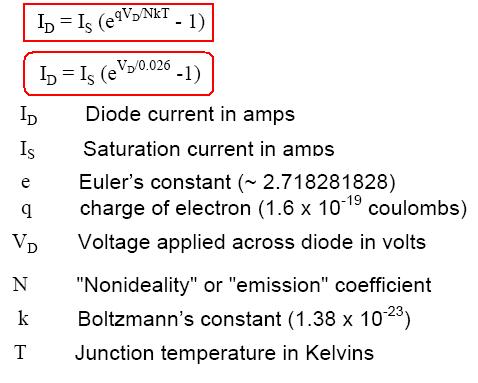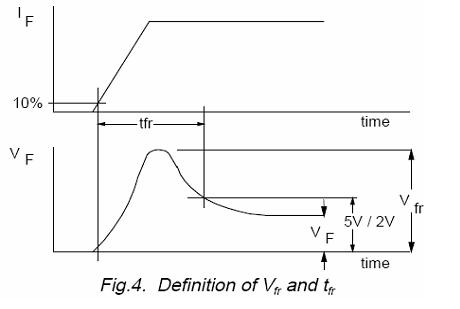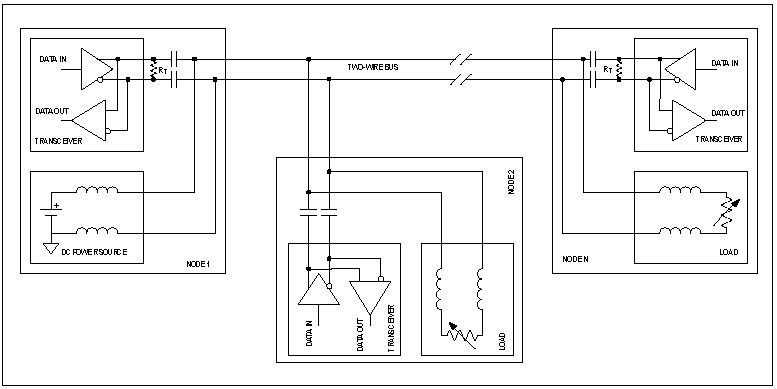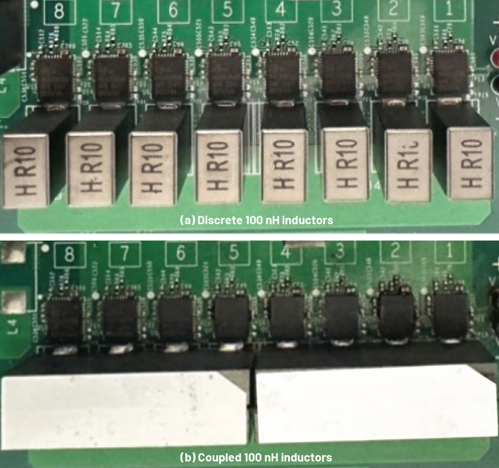
注意的参数:

Peak Inverse Voltage(PIV raTIng) 最大反向电压(绝对值)
The maximum reverse-bias voltage ====>withstand without breaking down
Maximum repeTITIve reverse voltage[Vrrm] 最大反向电压(重复脉冲)
the maximum reverse-bias voltage ====>withstand in repeated pulses
Maximum DC reverse voltage [Vr] 最大反向电压(直流)
the maximum reverse-bias voltage ====>withstand on a conTInual basis
Maximum forward voltage [Vf] 最大正向电压
Maximum (average) forward current 最大正向电流(平均)
the maximum average current[If] ====>conduct in forward bias mode.
Maximum (peak or surge) forward current 最大正向电流(峰值或者脉冲)
the maximum peak current [If] ====>conduct in forward bias mode.
Maximum reverse current leakage current 最大反向泄露电流
the current ====>in reverse-bias operation with the maximum rated inverse voltage applied
Maximum total dissipation 最大散热功耗
Operating junction temperature [TJ] 运行结温
maximum allowable temperature for the diode's PN junction
must be kept cool to function properly and give long service life.
Storage temperature range [TSTG] 储存温度
the range of allowable temperatures for storing a diode (unpowered).
Thermal resistance 热阻
the temperature difference between junction and outside air or between junction and leads for a given power dissipation.
Reverse recovery time [Trr] 反向恢复时间
the amount of time it takes for a diode to "turn off" when the voltage across it alternates from forward-bias to reverse-bias polarity.
Forward-bias(正向偏置恢复时间)
The transition (switching) time from conduction to open circuit when the bias is reversed. the diode bias is switched from forward to reverse.
At the switch time, the current reverses and stays at a constant level for a period of time called the storage time, ts. During this time the diode acts essentially as a short circuit.
Then the current decreases to the reverse leakage current value. This latter time is called the transition time.
The conditions which need to be specified are:(影响条件)
Steady-state forward current (IF); high currents increase recovery time. 正向电流(电流越大反向时间越长)
Reverse bias voltage (VR); low reverse voltage increases recovery time. 反向电压(电压越小反向时间越长)
Rate of fall of anode current (dIF/dt); high rates of fall reduce recovery time, but increase stored charge.(电流变化速度,速度越快减小恢复时间却会加长存储时间)
Junction temperature (Tj); high temperatures increase both recovery time and stored charge.(结温越高同时增加恢复时间和存储时间)
reverse-bias(反向偏置)
At the instant a semiconductor rectifier diode is switched into forward conduction there are no carriers present at the junction, hence the forward voltage drop may be instantaneously of a high value. As the stored charge builds up, conductivity modulation takes place and the forward voltage rapidly falls to the steady state value. The peak value of forward voltage drop is known as the forward recovery voltage (Vfr). The time from the instant the current reaches 10% of its steady-state value to the time the forward voltage drops below a given value ( usually 5V or 2V)isknown as the forward recovery time (tfr).
The conditions which need to be specified are:
Forward current (IF); high currents give high recovery voltages.正向电流(电流越大正向电压越大)
Current pulse rise time (tr); short rise times give high recovery voltages.电流脉冲上升时间(脉冲越陡正向电压越大)
Junction temperature (Tj); The influence of temperature is slight. 温度影响不大
综合整个过程
计算结温过程(对于脉冲电流的计算方法)












